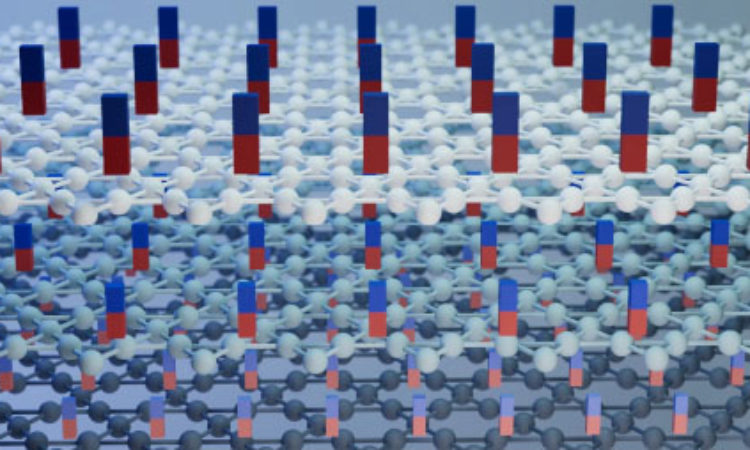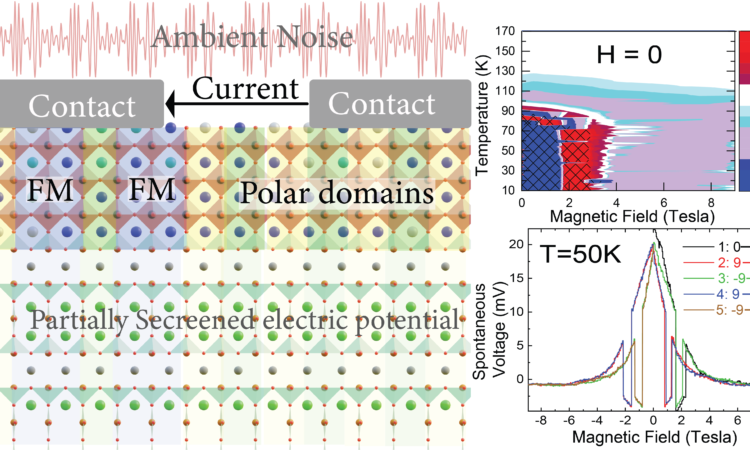Surprises in entropy transport between ballistically coupled fermionic superfluids

By Tilman Esslinger, ETHZ
Measuring entropy flow in a strongly interacting quantum many-body system is not necessarily a straightforward endeavor but it may reveal unexpected results. In a recent experiment we used a cold atoms quantum simulator in a two-terminal transport configuration to study the entropy transport between two strongly-interacting fermionic superfluids connected by a ballistic channel. We leveraged the advantage of quantum gases of ultra-cold atoms as naturally closed systems well-isolated from their environments to study entropy transport and production. Using the known equation of state, we measure the particle number and total entropy in each of the two reservoirs as a function of evolution time, therefore directly obtaining the entropy current and production. Surprisingly, we observed large concurrent flows of both particles and entropy, each responding nonlinearly to chemical potential and temperature biases.
In general, the nature of these currents depends on the coupling strength between the superfluids. On the one hand, two weakly coupled superfluids exhibiting the Josephson effect exchange an entropy-free supercurrent described by Landau’s hydrodynamic two-fluid model. In quantum gases as well as superconductors, this is accomplished with low-transparency tunnel junctions weakly biased in chemical potential or phase, while narrow channels are used to block viscous currents in superfluid helium. On the other hand, superfluids strongly coupled by high-transparency channels can exhibit less intuitive behaviour since the supercurrent no longer dominates the normal current, making the system fundamentally non-equilibrium. In particular, the signature of superfluidity in such systems is often large particle currents on the order of the superfluid gap which respond nonlinearly to chemical potential biases smaller than the gap. This is observed in ballistic junctions between superconductors, superfluid He and quantum gases and has its origin in multiple Andreev reflections, see figure. However, entropy transport in this setting has so far only been experimentally studied indirectly and at higher temperatures in the linear response regime where the superfluidity of the system is ambiguous, leaving open the question of entropy transport between strongly coupled superfluids.
© Mika Blackmore-Esslinger
From our measurements we could infer that the entropy transported per particle is much larger than the prediction of superfluid hydrodynamics in the linear regime and largely independent of changes in the channel’s geometry. By contrast, the timescales of advective and diffusive entropy transport varied significantly with the channel geometry. In our setting, superfluidity counterintuitively increases the speed of entropy transport. We have developped a phenomenological model describing the nonlinear dynamics within the framework of generalized gradient dynamics, yet, a proper microscopic theory of this system remains an exciting challenge for the future.
Based on article published in Nature Physics



